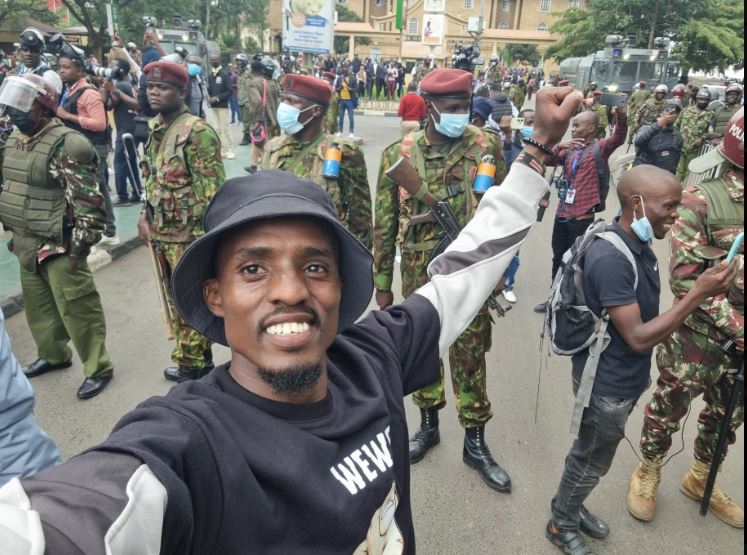The embedding of social media networks into our daily lives led to the rise of the internet meme, bringing humour to the many words that fill the interwebs.
But it was really in 2014 when the ‘Confused Black Girl’ image went viral that it was clear that, the age of the internet meme is upon us. The very same year the photo became a global phenomenon, would be when the first Kermit the frog ‘But that’s none of my business’ image, which also went viral, was posted.
In South Africa we have seen tweeter, Gugulethu Mhlungu , keep followers entertained, with her timely use of memes which she uses to add a dash of humour to her already fascinating timeline. Wherever you are, whatever you do, as long as you are online you have and will continue running into a meme or two that have you in giggles, sometimes at the most inappropriate of times.
But we have also seen memes loaded with racist, classist, ableist and hetero-patriarchal stereotypes, one example being those dreadful ‘teach your daughters…’ and ‘a real/strong woman…’ types. But this is obviously not a meme culture problem, but more an issue of how avenues of communication available to people can also be used as another avenue for societal problems to manifest.
And we get rightly upset with these because we recognise that they are hugely problematic, no matter how much humour is used. There’s a deep recognition that privilege and power are carried over to the online world and often because the target is not directly in front of you or within physical reach, people often become harsher online than they would be in real life.
While that recognition is extended to those on the receiving end of the message in the meme, very little consideration is given to the people who are actually in the images being used.
Who can forget the viral meme of 2-year old Mariah, who suffers from a syndrome, which has impaired her motor functions and development? I imagine that most people who posted, shared and laughed at it had no idea of the origins of the photo and so feel absolved from using it the way they did.
In South Africa there is a meme that has been used quite often showing a woman being carried from a house by police officers. The image used is from a series of photos captured by different news agencies, of when Maria Tekana whose house was built by her late son and in which she and her family have lived since the 80s, was one of three homes allegedly demolished at the order of eThekwini Municipality.
The photos show her holding on to a weeping young man at the door; being carried away by the police and eventually being put on the ground. This image which was taken during what must have been a very traumatic moment for the family is what is being used to add humour to posts.
More recently we saw an image of widows whose husbands were slain in Marikana posted alongside a tweet saying “Zuma paid back the money, can you pay us @NkanyeziKubheka”. Again a traumatic moment used to joke around by people who would probably not make any jokes about such a moment, if they knew the origin of the image.
In 2015 the number of Facebook users in the country was placed at 11, 8-million, with Twitter having 6.6-million users, all numbers which are likely to continue to grow. This means that now more than ever, we live in a time in which those in these images or their family members are likely to see them- which can further re-traumatise some people.
It’s all so unnecessary. There are tons of resources available which can be used to find the source of images, TinEye and Google Images being among the most popular and it just takes a minute or less to check. Doing so is particularly necessary when children or obviously distressed people are in the image to be used.
While it may seem like lot of ‘work’ for what is ‘harmless’ fun, the people depicted in memes are often real people, whose dignity should not be sacrificed for a few laughs and whose trauma should not be reduced to only being humorous visual internet content.



